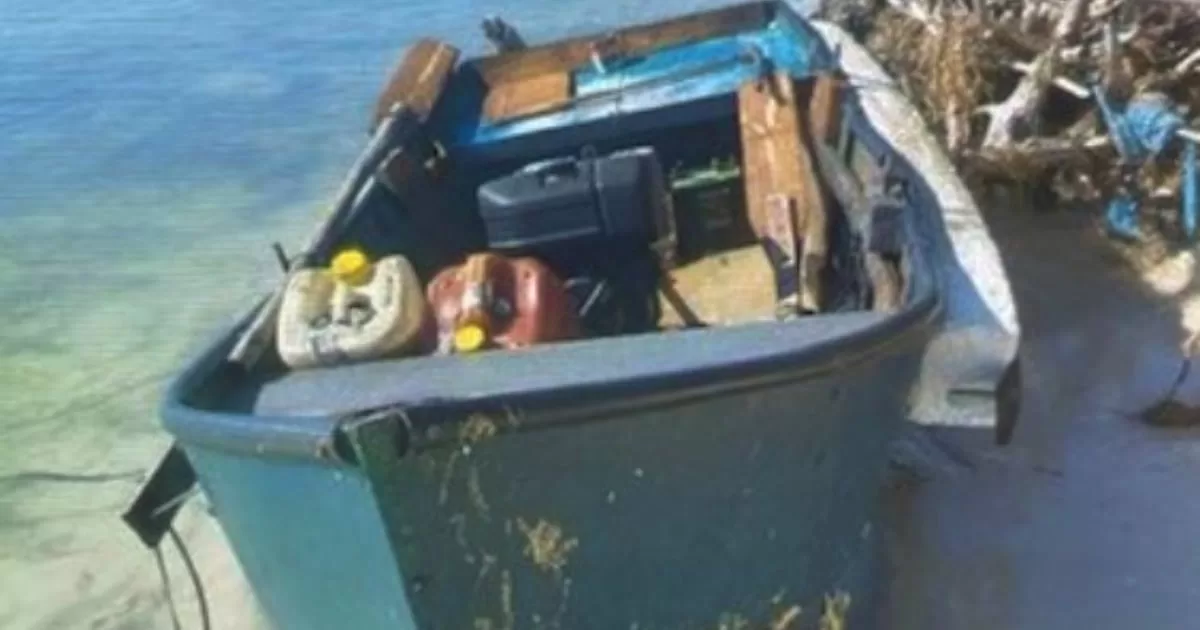This is the first digital scan of the wreckage of the ship in its entirety, which could be carried out thanks to the mapping of the seabed.
Technology offers new hope of shedding light on the sinking of the ocean liner in 1912. A digital scan has made it possible, for the first time, to access a 3D view of the entire wreck of the Titanic as if it was emptied of its water, reports the BBC.
Over 700,000 images taken
In February, the Woods Hole Oceanographic Institute had already unveiled unpublished images of the wreckage of the liner. These images were captured in 1986, more than 70 years after the liner sank off Newfoundland (Canada), by the American submarine Alvin and a remotely operated vehicle.
However, this new model is a huge step forward. Since it sank, the Titanic has been the subject of many explorations, but its size prevented cameras from photographing it in its entirety. What is now done by this 3D modeling carried out in particular thanks to the competition of the cartography of the seabed.
The scan was carried out over the summer of 2022 by Magellan Ltd, a seabed mapping company, and Atlantic Productions, which is making a documentary about the project. It took more than 200 hours for the tools to manage to pace the ship up and down, according to the BBC. More than 700,000 images were taken for the most faithful possible model of the ship.
A challenge”
Two parts of the ship can be seen in the images, as well as a huge debris field surrounding it. However, such a technological feat goes through certain difficulties.
“The depth, almost 4000 meters, is a challenge, and there are also currents on the site. We are not allowed to touch anything so as not to damage the wreckage,” Gerhard told the BBC. Seiffert, from Magellan.
He also explains that it may have been difficult to map “every square inch”, even the less interesting parts. In the debris field, “you have to map the mud, but it is necessary to fill in the spaces” between the other objects, he further noted.
“There are still fundamental questions to be answered about the ship,” Titanic analyst Parks Stephenson told the BBC.
For him, these 3D images are “one of the important steps to move the Titanic story forward towards research based on evidence and not on speculation”.
The Titanic sank in 1912 on its maiden voyage from England to New York when it struck an iceberg. If 719 passengers survived, 1500 other people perished. The wreck now lies more than 3800 meters deep in international waters of the North Atlantic.


